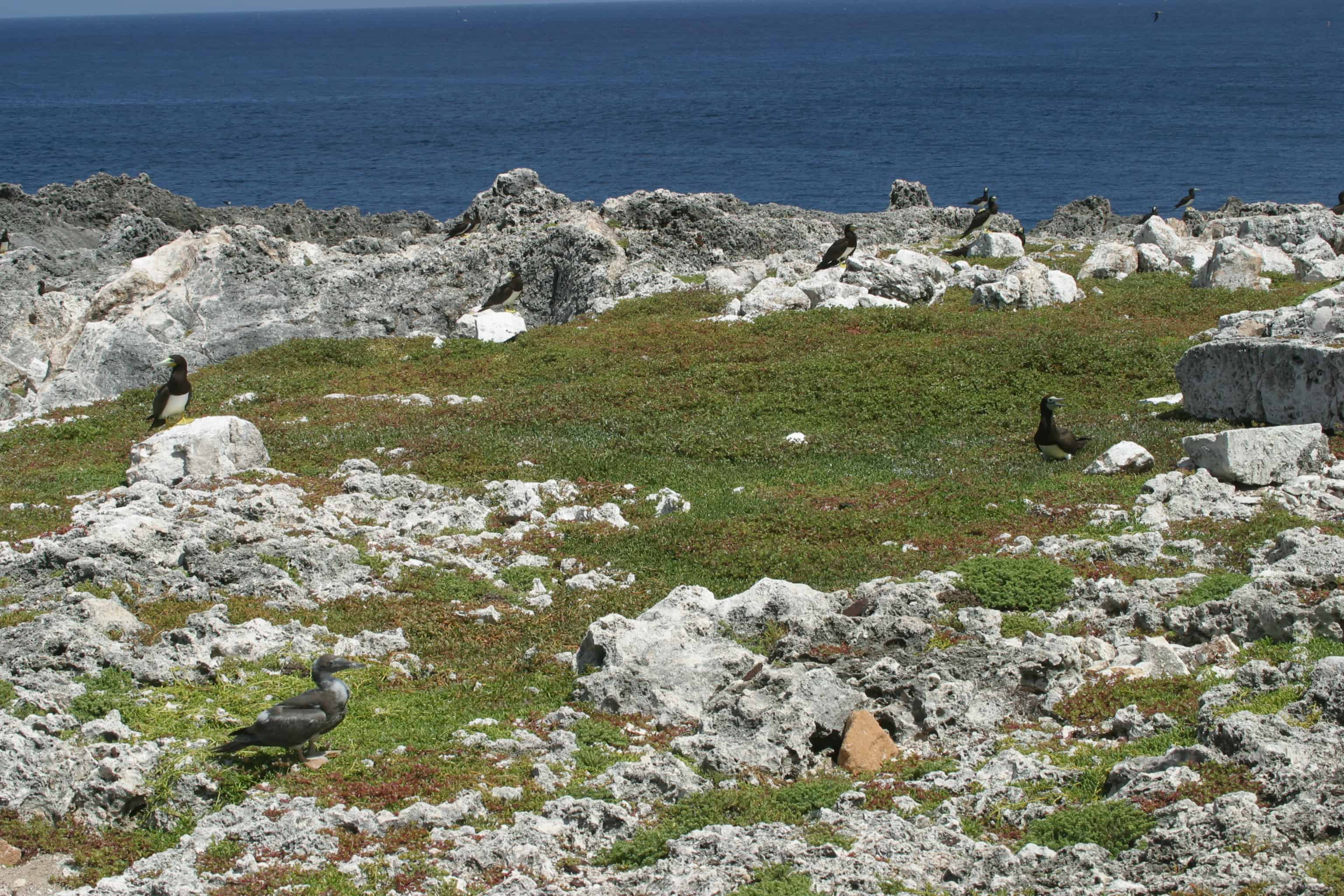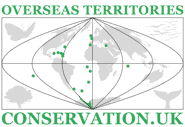Safeguarding Sombrero Island, Anguilla

In 1998, a proposal was submitted to launch rockets from uninhabited Sombrero Island by Texas millionaire, Andy Beal. We were first concerned over the lack of transparency in the planning process itself. Further alarm bells rang as biologists reacted to the less-than-adequate Environmental Assessment presented by consultants.
Sombrero lies about half-way between the main Anguilla group and the British Virgin Islands. Although administratively part of Anguilla, it sits on its own bank and its wildlife contains unique elements.
Alongside UKOTCF and its network, some current and former officials of FCO shared concern at the environmental and other aspects, not least as it appeared that the United States authorities were not prepared to licence launch from US territory by this US company, especially as this involved very large rockets and a company not previously involved in this sort of operation. Concerns were raised also about the ways that security would be secured for such sensitive activity, and about UK’s contingent liability for financial and other matters. As part of investigations into the latter, the UKOTCF network discovered that, although approval of construction of such a facility is delegated by UK to Anguilla, approval of rocket launches from any UK territory is potentially reserved to UK under the Outer Space Act 1986.
To cope with the complex responsibilities of UK and Anguilla, the public consultation phase was organised by planners at UK’s then Department of the Environment, Transport and the Regions. This was to have been concluded in spring 2001 but Beal Aerospace called a halt to the proceedings, possibly to give them time to assemble a better case. Meanwhile, two other potential launch sites were identified in Guyana and Florida, although the latter appeared not to be acceptable to US authorities. Beal Aerospace transferred their focus to Guyana, but it appears that subsequently the US authorities were uncomfortable with US technology of this nature being deployed there.
The Sombrero issue sparked a lot of interest in Anguilla’s biodiversity.
UKOTCF members and network worked with the Anguilla National Trust and carried out the following:
- WWF (UK) appointed a specialist to work in Anguilla on protected areas, with the aim of getting better protection for the most important sites. This was funded by the UK Darwin Initiative.
- FFI carried out awareness and training programmes on the endemic iguana and snake, and carried out surveys of reptiles.
- RSPB carried out an Important Bird Areas Survey in order to re-inforce the protected areas programme.
- A team from Montana State University conducted surveys of invertebrates, with some very interesting results.
- A public awareness programme, based on birds, was designed to increase support for nature for its own sake. This included a series of publications such as identification cards, an annotated check-list of birds, and, finally, a pocket guide to the birds.
- UKOTCF included Sombrero and other Anguilla sites in its review for UK and UKOT governments of actual and potential UKOT/CD Wetlands of International Importance under the Ramsar Convention, as well as, in partnership with RSPB, taking a strategic overview of the approach.
The “joined-up” approach applied in Anguilla provided a good example of UKOTCF’s operations elsewhere. and it coordinated a similar approach in Montserrat at the time of the volcano emergency, which had started a little earlier.
The Sombrero case ended in a win for conservation, but that is not always the case. It is pleasing to note that, after a lot of work by the Anguilla National Trust, Sombrero became a Ramsar Site in 2018.
